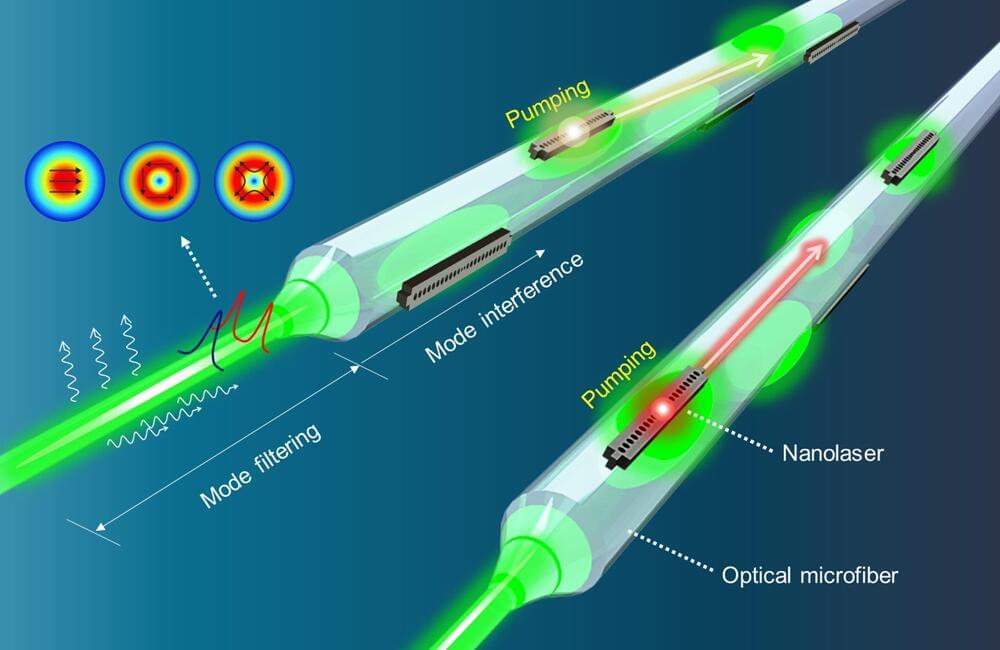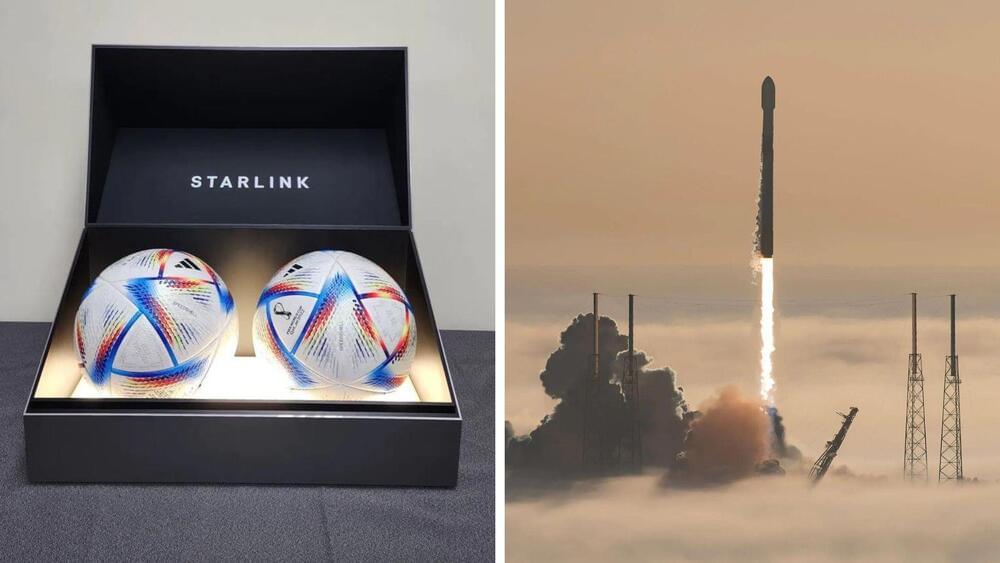Dec 21, 2022
SpaceX may launch Gen 2 Starlink satellites by the end of the month
Posted by Gemechu Taye in categories: internet, satellites
According to an FCC filing earlier this month, SpaceX are looking to get permission to launch the next generation of its Starlink satellites very soon.
A filing with the FCC suggests that SpaceX hopes to launch a new Starlink broadband satellite system soon. This could help the company keep up with the increase in demand.
Continue reading “SpaceX may launch Gen 2 Starlink satellites by the end of the month” »

















